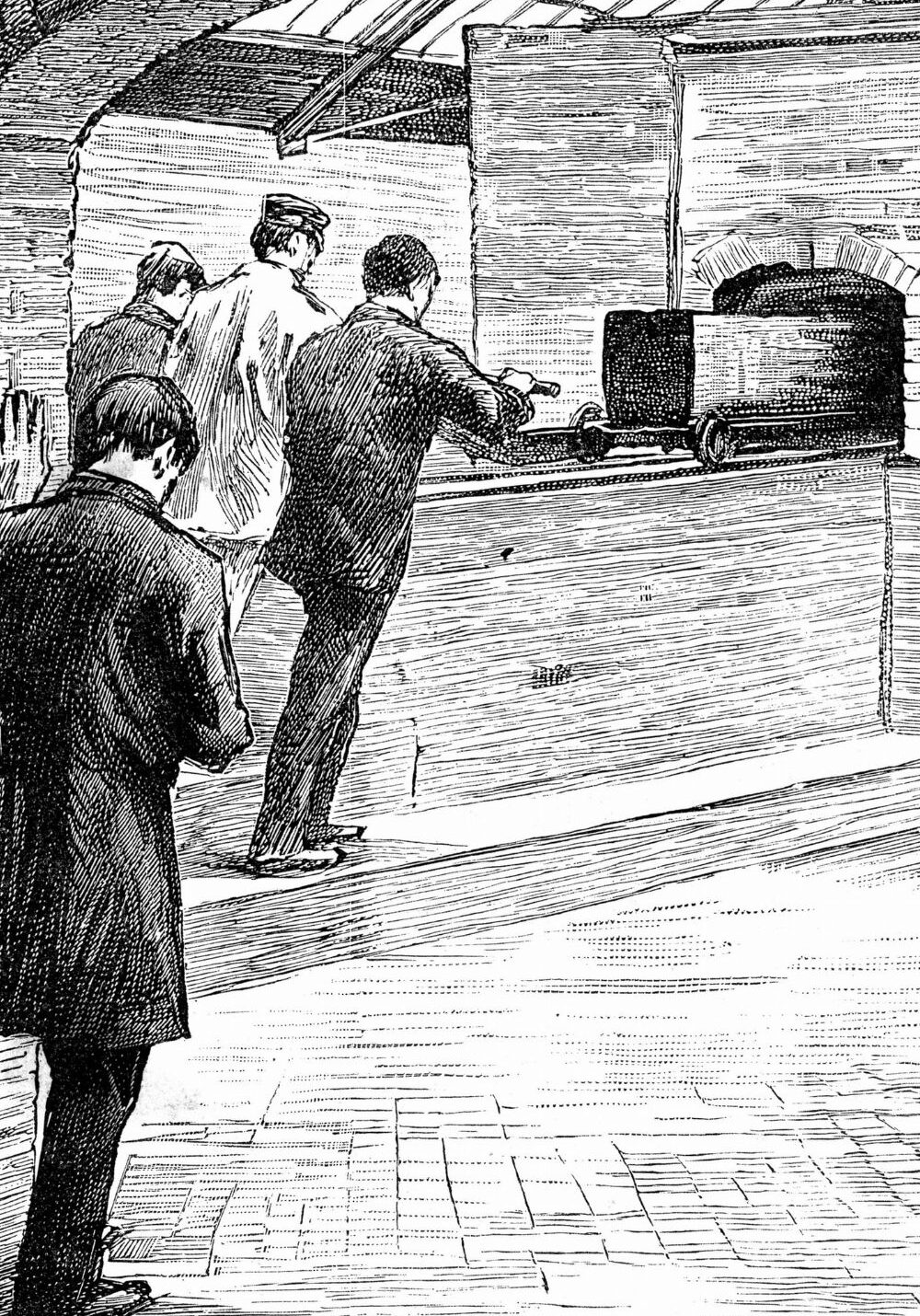Cremation
In America, over 55% of families choose to cremate. Cremation is now the most common funeral option. In some regions of the country, cremation is chosen for as many as 80% of funerals.
Traditional cremation is the reduction of the body to bone fragments through the application of intense heat. The fragments are then finely processed so that they can be placed in an urn for final disposition.
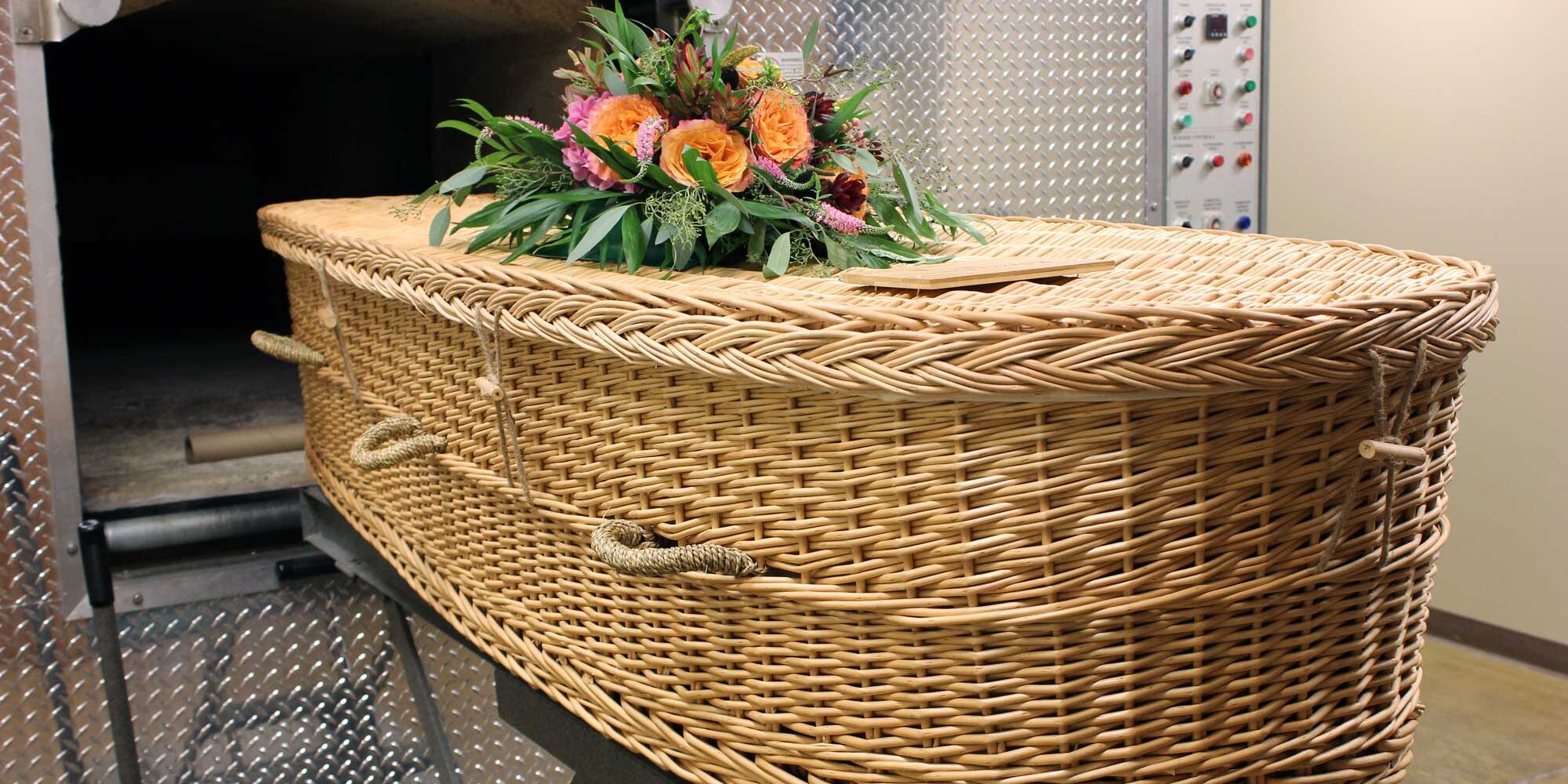
Most Cremation Families Go On to Scatter
Do you need to know the laws regarding scattering in your state? We have compiled the state laws for scattering as a resource for you. Click here to view.
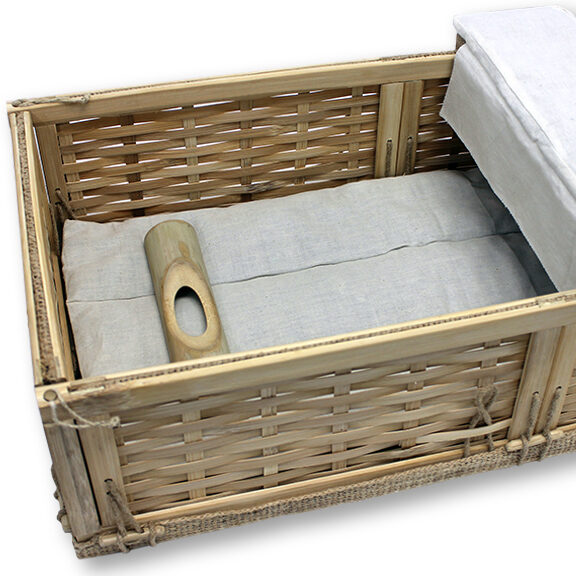
Alternative Cremation Containers
Greener Cremation Options
A large part of the carbon footprint from cremation can be attributed to the products used - the cremation container and the urn. A cremation container is required, and the "default" container is often made from cardboard that can be a shock for families to see, and brings little value to the process.
Eco-friendly options, such as cremation containers made from bamboo, are also available. Containers like these bring a higher level of dignity to cremations with a service, viewing, or visitation.
Containers like this are shown to burn cleaner than cardboard containers because they lack the bonding chemicals of cardboard and the plastics from higher-end covered cardboard/pressboard containers.
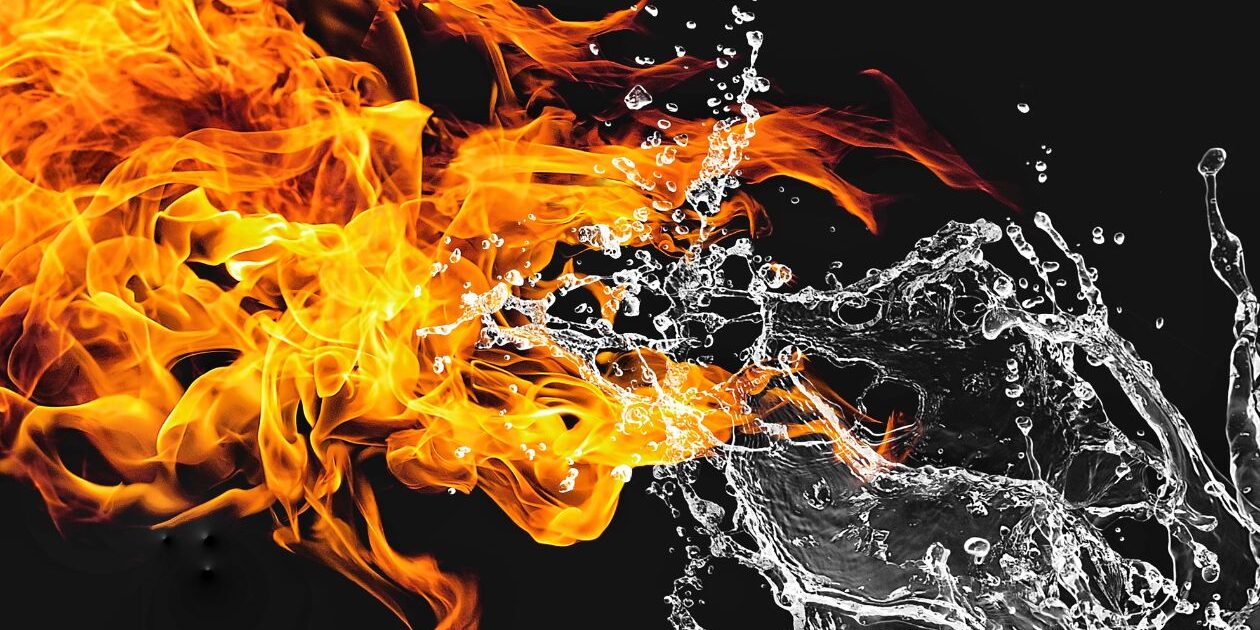
Flame vs. Water Based Cremation
Fire-Based Cremation
This type of cremation uses flame and heat to reduce the body to bone fragments, otherwise known as cremated remains. This process is completed with a machine called a cremator.
Scholars today quite generally agree that cremation probably began in any real sense during the early Stone Age – around 3000 B.C. – and most likely in Europe and the Near East.
Flame based cremation is the most common type of cremation available. It is available in all 50 states and U.S. territories.

Water-Based Cremation
A new alternative to cremation is alkaline hydrolysis, also known as aquamation, bio-cremation, or water resolution. The body is placed in a special chamber where it is subjected to water, heat, pressure, and potassium hydroxide (lye).
After a few hours the body is reduced to a white “ash” (bone mineral remains) and up to 30% more ashes are retained as compared to traditional cremation. The remains can then be buried or scattered.
This process uses much less energy, produces much less carbon dioxide, and does not emit harmful emissions such as mercury. As aquamation becomes more widely known and accepted, its cost will be comparable to traditional cremation. It is currently legal and available in roughly half of U.S. states, and parts of Canada, and is being petitioned in the UK.
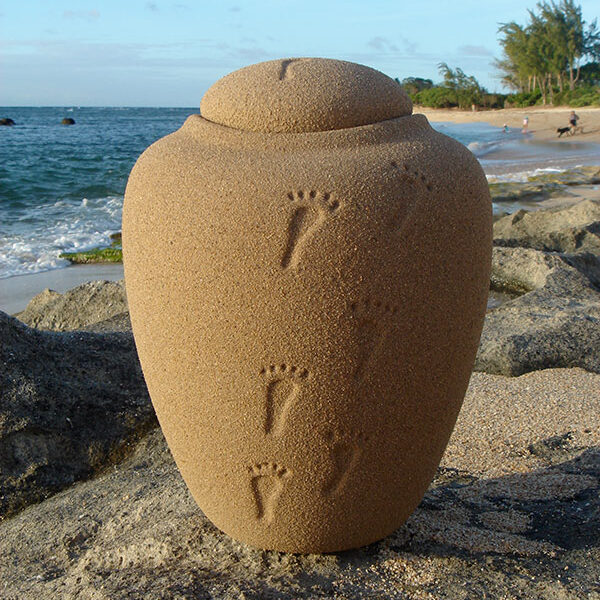
Greener Options for After Cremation
Eco-Friendly, Biodegradable Urns
After cremation, funeral homes generally offer permanent urns designed to be kept from home or placed in a columbarium (a niche at the funeral home or cemetery). These are made from materials like marble or metal.
The largest percentage of cremation families, nearly half, intend to scatter, and this group has historically been underserved. The usual alternative to a permanent urn, called a "temporary container," is a plastic or cardboard box.
There are better options available to those who scatter; eco-friendly, biodegradable urns are available that improve the scattering experience or offer interesting new options, such as growing a tree around your remains and planting it somewhere meaningful.
Click below to learn more about the variety of options available today.
Is Cremation Green?
Green cremations are a new aspect of a larger trend that has been developing for several decades.
Eco-friendly cremations (also known as eco-cremations and natural cremations) require no harmful chemicals like those used in the embalming process. Cremation with scattering is even less wasteful: no casket or space in the ground is required.
Cremation uses far fewer resources than almost any other disposition option but it does have an environmental impact. Cremation requires the burning of fossil fuels, and some older cremation facilities can use significantly more energy compared to newer ones. Mercury is also emitted when a person with dental amalgam fillings is cremated, but the development of effective filtration devices and the decline in the use of dental amalgam fillings will eventually mitigate this problem.
There are other elements to a green cremation, beginning with the use of eco-friendly caskets and containers that do not release harmful chemicals into the atmosphere during the cremation process. Cremated remains may be placed in urns made from materials that break down naturally in the earth or water, such as Himalayan rock salt or sustainably-produced handmade paper.
